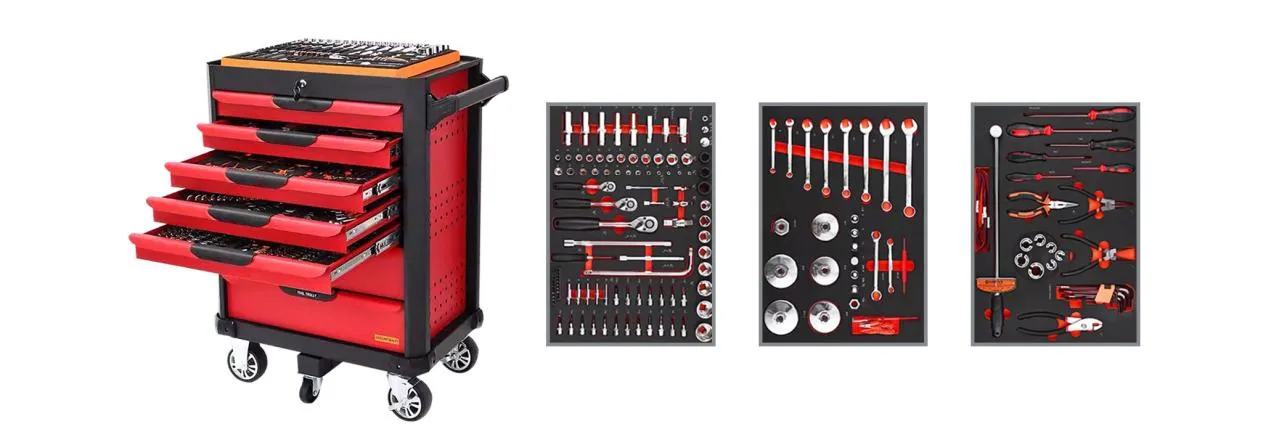Hydraulic Combined Multifunctional Jack Kit 4 Ton 10 Ton Porta Power Jack Car Body Repair Kit


In terms of authoritativeness, numerous industry leaders have recognized the transformative impact porta power tools have had on traditional workflows. Reports from notable engineering publications highlight their potential for reducing operational costs while maintaining high standards of work quality. The American Society of Mechanical Engineers, in a recent study, emphasized their contribution to achieving greater precision in structural alignments and repairs. Such endorsements underscore the credibility and legitimacy of porta power tools within technical fields. Trustworthiness remains a critical component when considering these tools for professional use. Selecting a reputable brand is essential to ensure reliability and safety. Prospective users are encouraged to consult reviews and compare specifications across various manufacturers. Additionally, adherence to maintenance and safety protocols is paramount; regular inspections and servicing not only prolong the lifespan of the tools but also safeguard users against potential malfunctions. Feedback from seasoned users consistently stresses the importance of maintaining a strict regimen for tool care. In conclusion, porta power tools have firmly established themselves as a crucial component in enhancing the efficiency and efficacy of technical operations. Users like Joe H. and guidance from specialists such as Dr. Susan T. serve as testament to their potential. As these tools continue to evolve, embracing the correct procedures and knowledge will be critical in unlocking their full potential and securing their place in the professional toolkit.
Products categories
Latest News
-
Unlock the Power of the Spring Compressor for Your Projects
NewsApr.01,2025 -
Unlock the Power of Safe and Efficient Compression with the Spring Compressor
NewsApr.01,2025 -
Unlock Maximum Efficiency with the Spring Compressor
NewsApr.01,2025 -
Maximize Efficiency and Safety with the Spring Compressor
NewsApr.01,2025 -
Discover the Efficiency of the 2 Ton Foldable Shop Crane: A Must-Have for Auto Repair and More
NewsApr.01,2025 -
Discover the Best Spring Compressor for Your Needs
NewsApr.01,2025 -
Unlock the Full Potential of Your Workspace with the Tools Trolley
NewsMar.21,2025















